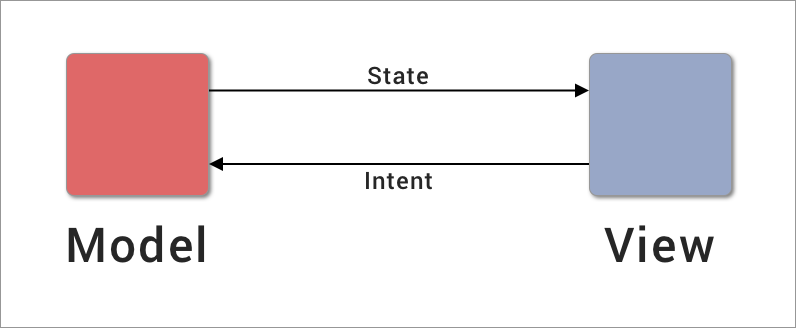Android MVI Simplified
No libraries needed, just MVI

Why am I here? When I first started jumping into MVI and learning about it, there were few if any sources that I remember being complete enough for me to implement the pattern on my own. I don't like that. I could understand the benefits of it, but couldn't picture how it would look in production without a basic understanding. I want to solve that problem for the next person, so let's build an MVI app with only the libraries available in a new Android Studio project.
[Read More]





